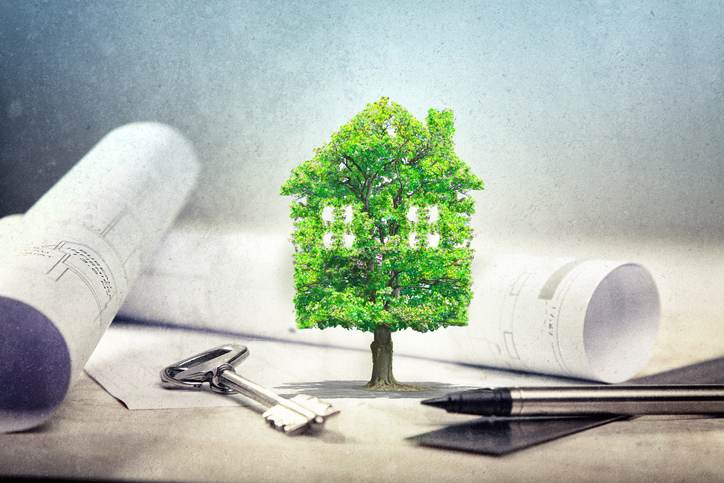Bricks, considered a true safe haven asset, always remain at the top of Italians’ wish lists. So much so that the wealth of our families is significantly linked to home ownership. Lhe “Italians’ safe”, an asset worth over 5,200 billion euros, however risks losing value in the absence of efficiency and redevelopment interventions. The reason? The Italian real estate stock is old and highly energy-intensive. Approximately 35 million real estate units of which 70% are more than 40 years old, 80% are pre-1990, which are responsible for 45% of national energy consumption (almost 30% can be traced back to the housing sector, made up 79% from thermal consumption and 21% from electricity consumption) and a large part of CO2 emissions.
Green homes directive: what the EU requires
A scenario well known to the EU as well as a recent one Green Homes Directive or, more correctly, Energy Performance of Buildings Directiveapproved by the European Parliament, sets the objective of reducing, by 2030, of greenhouse gas emissions and energy consumption in the building sector. But above all to achieve climate neutrality by 2050. The objectives will also be achieved through renovation of as many buildings as possible with the worst energy performance. And providing greater information on energy performance.
In a nutshell, newly constructed buildings will have to be with zero emissions starting from 2030while the new ones occupied or owned by public authorities, starting from 2028, will have to be zero emissions.
Five million residential properties, belonging to the most energy-intensive classes, will have to be redeveloped in a relatively short time. Millions of properties will soon come off the market, with disruptive effects on family savings.
REbuild Observatory: less lively and dynamic centers penalized
To argue that the EU directive represents an opportunity for the country is theREbuild Observatory drawn up by the culture department of the project of the Iuav University of Venice led by professor Ezio Micelli, even if he places emphasis on the significant differences between large and medium-small cities.
A year ago, a study produced for REbuild demonstrated, for the first time with numbers in hand, how a positive return was derived from the energy efficiency of a property in terms of cost savings, attractiveness and market value. The new research broadens and deepens the analysis of the impact of efficiency gains both in terms of economic data and in relation to multiple territorial markets, coinciding precisely with the revision of the EU directive on ‘Green Homes’.
The market recognizes that higher prices correspond to higher levels of energy performance, especially in medium-sized centers compared to large cities. This also means that failure to redevelop leads to greater erosion of property values in centers that are already characterized by lower, less vibrant and less dynamic market values.
“The transition – this is the risk reported – may seem unfair as it disproportionately affects those with lower property values and limited means to provide technological improvements to their properties,” the study reads.
Considering the real estate market in six Italian cities – three metropolitan ones (Milan, Turin and Florence) and three medium-sized cities (Padua, Mestre and Bergamo) – including almost 3,000 properties of which the main locational, typological and technological characteristics have been recorded in compliance with the classification of the Revenue Agency, emerges clearly in medium-sized cities, the average gap in premium price between high-efficiency properties (class A) and low-efficiency properties (class G) is 30%while it reaches 14% between class D and class G properties.
In metropolitan cities, the gap in premium price between high-efficiency (class A) properties and low-efficiency (class G) properties is 15%, and decreases to 6% between class D and class G properties. Bottom line, he says the observatory, “what emerges is a polarization of real estate values between territories and social groups, which occurs mainly between those who have the financial means to invest in technological upgrades for their property and those who do not, and again, between the owners in large centers and those in medium and small-sized centres”.

